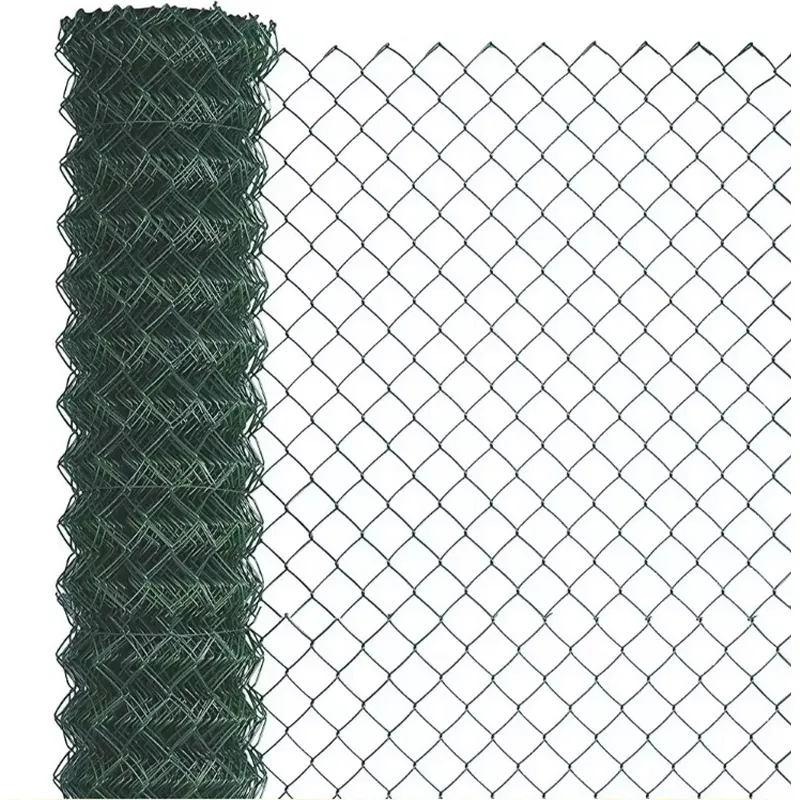-
 Phone:
Phone: -
 Email:
Email:

Twisted Fences and Barriers The Struggles of Freedom and Confinement
The Symbolism and Legacy of Barbed Wire
Barbed wire, a simple yet powerful invention, holds a significant place in both history and modern society. Originally patented in the United States in 1867, barbed wire has been an essential tool for farmers and ranchers, serving as a means to contain livestock and protect crops. However, its use has also taken on darker connotations, reflecting themes of imprisonment, division, and conflict.
The Symbolism and Legacy of Barbed Wire
Despite its positive initial use, barbed wire quickly became symbolic of division and oppression. During World War I and World War II, barbed wire was deployed not only on battlefields but also around internment and concentration camps. It became a stark representation of confinement, illustrating the harsh realities of war and the treatment of prisoners. Such usage imbued barbed wire with a sense of dread and desolation, as it was often associated with human suffering and loss of freedom.
barbedwire

In contemporary society, barbed wire's symbolism persists. It has become emblematic of borders and the issues surrounding immigration. The use of barbed wire along national boundaries has stirred debates about the ethics of border control and the treatment of migrants. For many, it represents not only physical barriers but also ideological divides, encapsulating the struggles over identity and belonging. The sight of barbed wire along fences can evoke feelings of fear, exclusion, and resistance, serving as a chilling reminder of the lengths to which societies will go to secure their borders.
The artistic community has also grappled with the symbolism of barbed wire, utilizing it as a motif in various forms of expression. Artists often utilize barbed wire to convey themes of conflict, confinement, and vulnerability. Its sharp edges serve as a reminder of the dangers of division, urging viewers to consider the implications of barriers—both physical and metaphorical—in their lives.
Moreover, barbed wire has found its way into literature and poetry, where it often symbolizes the human experience of struggle and resilience. Writers have used the imagery of barbed wire to explore themes of entrapment, longing for freedom, and the complexities of human relationships. In this context, it becomes a metaphor for emotional wounds and the defense mechanisms people erect to protect themselves from pain.
In conclusion, barbed wire is more than just a practical invention; it is a multifaceted symbol woven into the fabric of history and culture. From its early agricultural uses to its role in conflict and contemporary societal issues, barbed wire represents a duality—a tool of protection and a mechanism of division. As we reflect on its significance, it prompts us to examine not only the physical barriers we encounter but also the emotional and psychological fences that shape our interactions with others. Ultimately, barbed wire challenges us to envision a world where understanding and compassion prevail over division and fear.
-
Wire Mesh for Every Need: A Practical SolutionNewsJul.25,2025
-
Steel Fences: Durable, Secure, and Stylish OptionsNewsJul.25,2025
-
Roll Top Fencing: A Smart Solution for Safety and SecurityNewsJul.25,2025
-
Cattle Farm Fencing Solutions for Maximum SecurityNewsJul.25,2025
-
Affordable Iron Binding Wire SolutionsNewsJul.25,2025
-
Affordable Galvanized Wire SolutionsNewsJul.25,2025
-
Wire Hanger Recycling IdeasNewsJul.25,2025








